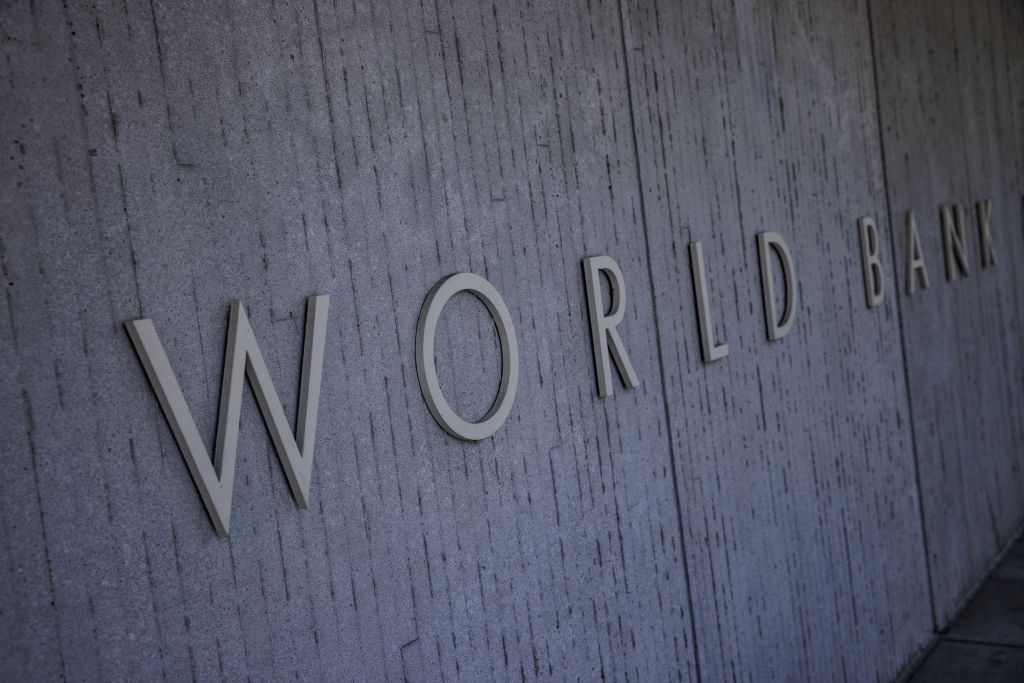European Council says Russian assets should remain frozen until end of war, payment of reparations

The European Council said on Oct. 17 frozen Russian assets should "remain immobilized" until Moscow ends its full-scale war on Ukraine and makes reparations for damages caused to the country.
Estimates of the damage that Russian aggression over the past decade has caused to Ukrainian infrastructure have varied. The World Bank said in February 2024 it could be as high as $486 billion.
European countries hold roughly two-thirds of the $300 billion Russian sovereign assets immobilized after the outbreak of the full-scale war. While hesitant to confiscate the assets outright, the EU devised a plan to use windfall profits to fund Ukraine's reconstruction and defense needs.
The European Council reiterated it would adhere to the "security and defense policy" of "certain member states" regarding the use of revenues generated from the frozen assets, and added it would continue to "address all relevant legal and financial aspects."
EU ambassadors agreed earlier in October on a plan to issue a 35-billion-euro ($37.2 billion) loan to support Ukraine's war-torn economy.
The agreement followed Hungary's announcement it would block a key sanctions reform until after the U.S. presidential election on Nov. 5.
The deal is part of a broader G7 initiative to provide €45 billion ($50 billion) in aid to Kyiv, struggling to counter a renewed Russian offensive that has severely damaged its power infrastructure.
Under the G7 plan, profits from Russia's frozen assets will gradually be used to repay the multi-billion-euro loan. EU officials said that the 35 billion loan will be "undesignated" and "untargeted," allowing Ukraine maximum flexibility in how it spends the funds. The EU expects to start distributing the money early next year.














